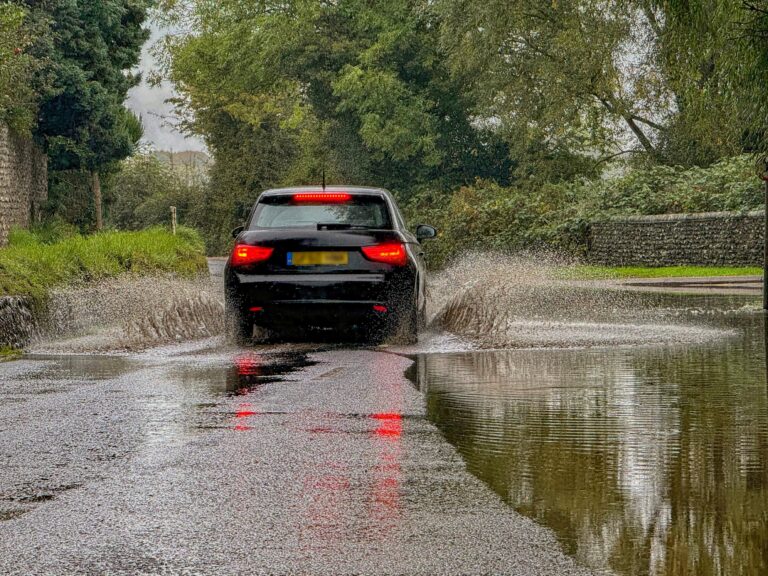Motorists across the UK are being urged to take extra precautions on the roads as Storm Éowyn approaches, bringing heavy rain, strong winds, and the potential for hazardous driving conditions.
Experts at Simply Quote Insurance are advising drivers to ensure their vehicles are roadworthy and to follow key safety measures to reduce the risk of accidents during the storm. With widespread weather warnings in place, unnecessary travel should be avoided, but those who must drive are urged to take added precautions.
According to a recent survey, a third of UK drivers admit to not adjusting their speed in wet conditions, and nearly one in three have exceeded the speed limit despite dangerous weather.*
Chris Richards, motoring expert at Simply Quote Insurance, said:
“With the arrival of Storm Éowyn, motorists need to be extra vigilant. Checking tyre pressure, tread depth, and ensuring your lights and wipers are fully operational can make all the difference when facing challenging road conditions. Driving cautiously and adapting to the weather is crucial in preventing accidents.”
Key Safety Tips for Driving in Storm Éowyn
- Check Your Vehicle’s Readiness
Before embarking on any journey, ensure your car is prepared for adverse weather. Key checks include:
- Tyres: Confirm they meet the legal tread depth and are correctly inflated.
- Windscreen wipers: Ensure they effectively clear the screen.
- Lights: Verify that all lights are functioning correctly and use the right ones for the conditions.
- Brake pads and batteries: Check they are in optimal condition to avoid breakdowns.
- Adjust Speed and Increase Stopping Distance
In wet and windy conditions, stopping distances can be at least double those on dry roads. The Highway Code advises maintaining a safe following distance, which should be doubled or even tripled in stormy conditions to allow ample reaction time. - Avoid Flooded Roads
Driving through floodwater can lead to loss of control, stalling, and severe damage to your vehicle – damage that many insurance policies may not cover. If water depth is uncertain, drivers are advised to turn around and seek an alternative route. - Maintain a Strong Grip on the Steering Wheel
Strong winds can push vehicles off course, particularly in exposed areas such as bridges and open roads. Keeping a firm grip on the wheel and anticipating sudden gusts can help maintain control. - Be Aware of Aquaplaning Risks
Aquaplaning occurs when a layer of water builds up between the tyres and the road surface, causing the vehicle to lose traction. If this happens, ease off the accelerator gradually and avoid sudden braking. - Use the Correct Lights in Poor Visibility
Understanding which lights to use is essential for safety:
- Dipped headlights should be used in dull conditions and heavy rain.
- Fog lights should only be used in thick fog to avoid dazzling other drivers.
- Automatic lights may not always activate in bad weather, so manual checks are crucial.
- Plan Your Route and Stay Updated
Check for road closures and weather updates before starting your journey. Motorists should avoid unnecessary risks and be prepared to change their route if conditions worsen. - Know Your Insurance Cover
Chris Richards adds:
“Motorists should review their insurance policies to understand their coverage during severe weather. While comprehensive policies typically cover storm damage, those with third-party only or third-party, fire, and theft may not be covered.”With Storm Éowyn set to bring disruptive weather across the UK, taking these proactive steps can help drivers stay safe and avoid unnecessary risks.

